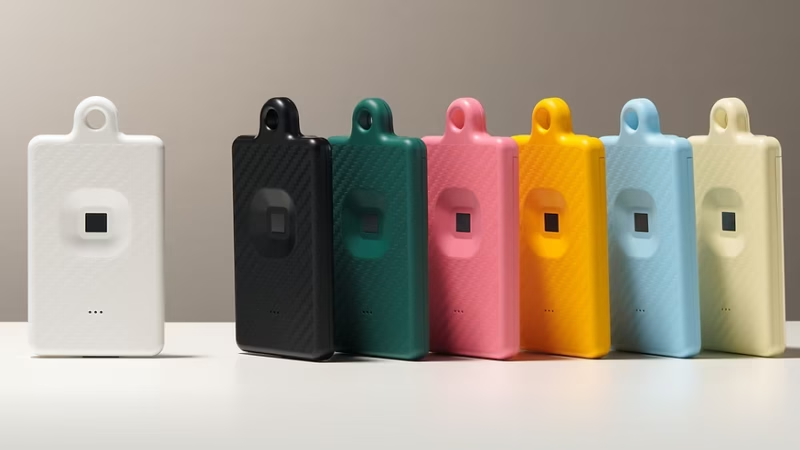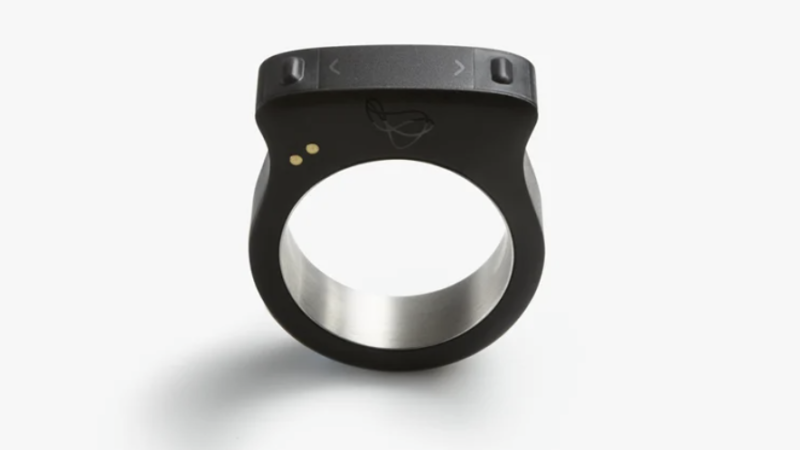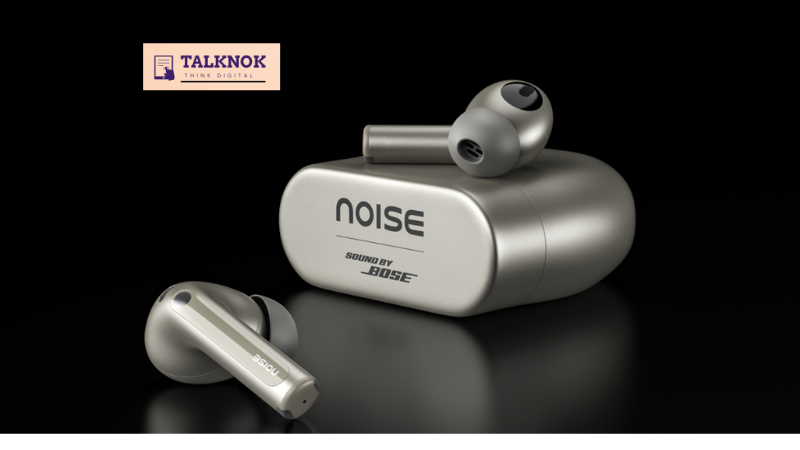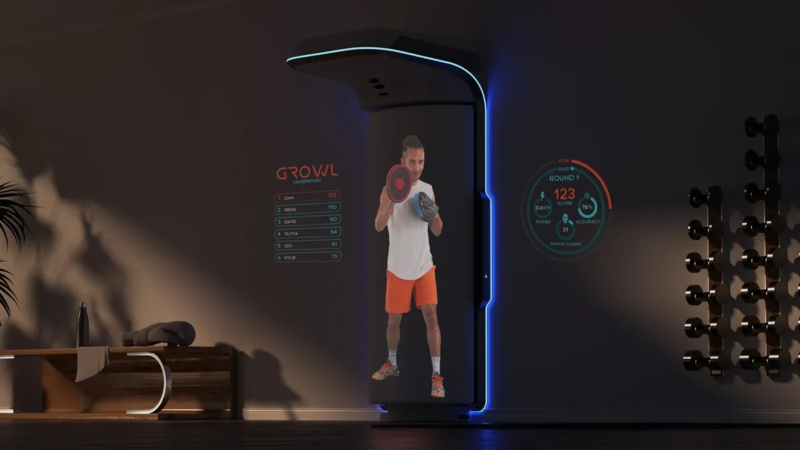Samsung’s experimental new display technology, The Slidable Flex Duet

The Slidable Flex Duet, Samsung Display figured out how to offer an even larger display on a folding smartphone or tablet without increasing the footprint of the device.
Samsung has been working on foldable phones like the Galaxy Z Fold and Z Flip. Maybe this is another form factor they’re exploring. Slidable instead of foldable? So instead of folding the screen, it slides out to expand the screen size. That makes sense. There have been rumors about rollable or slidable phones from different companies, like LG had a rollable phone concept before they exited the market.
The term “Duet” might imply two screens or two sliding mechanisms. Maybe it’s a dual-screen device where both screens can slide out. Or perhaps it’s a phone that can slide in two directions to expand the screen. For example, sliding horizontally to make the phone wider or vertically to make it taller. Alternatively, it could be a device that pairs two sliding elements, like a phone and a tablet that slide together. Technical aspects are important. The structure of the display layers, materials like UTG vs. polymer, and how they maintain durability. The user might be curious about how these screens can bend without breaking. Also, integration with other components like hinges or sliding mechanisms from the prior conversation.
A slidable mechanism in mobile devices refers to a design where components (usually the display or body) physically slide or extend to transform the device’s form factor. Unlike foldables, which bend a flexible screen, slidable devices expand or contract their screen size by moving parts along rails, motors, or rollers. This concept is gaining traction as an alternative to folding screens, offering unique advantages and challenges.
How Slidable Mechanisms Work
- Rollable/Sliding Display:
- A flexible OLED panel is stored in a rolled or stacked state inside the device. When activated, motors or manual sliding extend the screen horizontally or vertically.
- Example: Oppo X 2021 Rollable Concept (extends from 6.7″ to 7.4″).
- Dual-Sliding Panels:
- Two halves of the device slide outward in opposite directions to reveal a larger screen underneath.
- Example: Xiaomi Mix Fold 2 Sliding Edition (patented design).
- Hybrid Sliding + Folding:
- Combines sliding mechanics with folding (e.g., sliding to unfold a secondary screen).
Key Technical Components
- Flexible OLED Panel: Samsung’s Ultra-Thin Glass (UTG) or polymer-based displays that can bend repeatedly.
- Motorized Actuation: Tiny motors and gears to automate sliding (similar to pop-up cameras in older phones).
- Durability Rails/Guides: Precision-engineered tracks to ensure smooth movement and prevent misalignment.
- Heat Management: Sliding mechanisms must avoid trapping heat from processors or batteries.
Advantages Over Foldables
- No Visible Crease: Sliding avoids the central crease seen in foldables like the Galaxy Z Fold.
- Thinner Design: No need for bulky hinges, enabling sleeker profiles.
- Durability: Fewer stress points on the screen compared to folding.
- Seamless Screen Expansion: Users gain extra screen real estate without bezel interruptions.
Challenges
- Dust and Debris: Sliding parts create gaps where particles can enter (IP ratings are harder to achieve).
- Mechanical Complexity: Motors and rails add weight and potential failure points.
- Battery Constraints: Expanding screens may limit space for large batteries.
- Cost: Precision engineering and flexible displays drive up manufacturing costs.
Samsung’s Slidable Ambitions
Samsung has filed multiple patents for slidable phones, including:
- Rollable Displays: A screen that rolls out from the side of the device.
- Dual-Slide Designs: Expanding both horizontally and vertically.
- Hybrid Devices: Combining sliding screens with secondary displays or keyboards.
While no commercial product has launched yet, Samsung Display showcased a “Slidable Flex” prototype at CES 2023, hinting at future rollable/slidable tech for phones, laptops, or even automotive displays.
Market Context
- Competitors: Brands like TCL (DragonHinge), LG (canceled rollable phone), and Oppo are also exploring slidable tech.
- Use Cases: Ideal for users prioritizing large screens without sacrificing pocketability (e.g., content consumption, multitasking).
Future of Slidable Devices
Slidable mechanisms could complement (or eventually replace) foldables, offering a more durable and seamless way to scale screen sizes. For Samsung, mastering this tech would solidify its leadership in flexible displays and counter rivals like Apple, which is also rumoured to be exploring slidable iPhones.
Expect slidable devices to debut in premium segments first, with refinements in durability and cost over time. If successful, they may redefine how we interact with smartphones, tablets, and even wearables.
The Samsung Slidable Flex Duet appears to be a conceptual or prototypical device exploring innovative form factors beyond Samsung’s current foldable lineup (e.g., Galaxy Z Fold/Flip). Here’s a breakdown of its potential features and implications:
Key Concepts:
- Slidable Mechanism:
- Instead of folding, the device likely uses a sliding mechanism to expand its screen size, offering a compact form when closed and a larger display when slid open. This could reduce crease issues associated with foldables.
- Flexible Display (“Flex”):
- Utilizes Samsung’s Flexible OLED technology, allowing the screen to bend or roll as it extends. This would enable seamless screen expansion without traditional bezels.
- “Duet” Interpretation:
- Dual Sliding Panels: Possibly two sliding components (e.g., both sides sliding outward symmetrically) to create a larger screen.
- Dual Form Factors: A hybrid device that transitions between phone and tablet sizes, or integrates dual screens (e.g., a main display and a secondary screen/keyboard).
- Collaborative Use: Pairing two devices that slide together, functioning independently or as a combined unit.
Potential Advantages:
- Durability: Sliding mechanisms might avoid hinge stress and screen creasing seen in foldables.
- Portability: Compact size when closed, expanding to a tablet-like screen.
- Innovation: Competes with emerging slidable/rollable concepts from brands like TCL, Oppo, or Xiaomi.
Challenges:
- Dust/Water Resistance: Moving parts complicate IP ratings.
- Mechanical Complexity: Ensuring smooth, reliable sliding mechanics over time.
- Market Readiness: Likely in early R&D; no official product announcements yet.
Context:
- Samsung has filed patents for slidable designs, suggesting interest in this form factor. The “Duet” branding could signal a focus on multitasking or dual-use scenarios, aligning with productivity trends.
Conclusion:
The Slidable Flex Duet represents Samsung’s exploration of post-foldable designs, aiming to merge portability with larger screens. While still conceptual, it highlights the industry’s shift toward adaptable devices, potentially offering a durable alternative to foldables. Keep an eye on Samsung’s patent filings or tech showcases (e.g., CES, MWC) for future updates.






